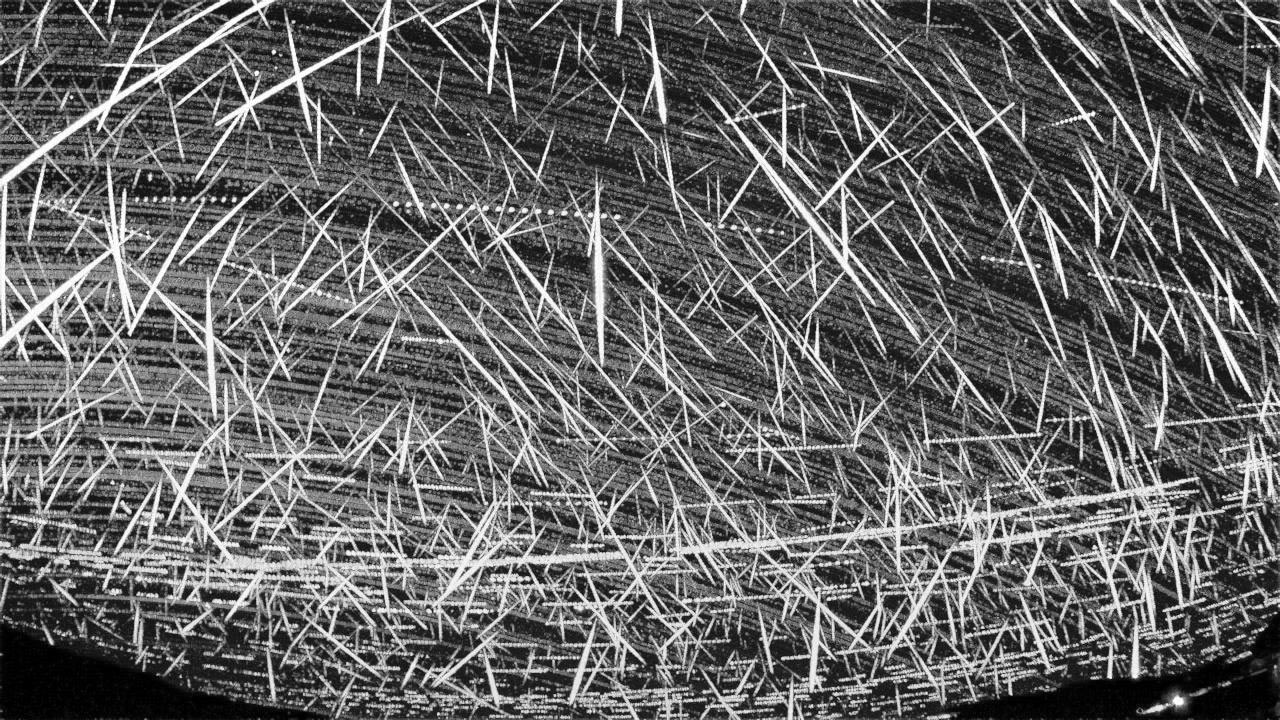

Every day, about 40 tons of extraterrestrial material enters the Earth’s atmosphere to produce meteors that we see in the night sky. These “shooting stars” often appear as faint streaks of light, but occasionally produce brilliant light shows that can momentarily turn night into day. Although they may look close enough to touch, meteors typically occur at heights of 70–110km. And since they’re travelling at hypersonic speeds of 11–72 kilometers per second, even if you could touch them, it would be a bad idea.
So how can we learn more about the origins of the billions of meteoroids hitting our atmosphere each day? Well, two of the most basic techniques are radar and optical observations. Setting up a meteor orbit radar costs millions of dollars, so it’s not feasible for the average citizen-scientist. Good optical observations, however, can be made cheaply with a few common pieces of off-the-shelf equipment.
Don’t let the low cost fool you — what we describe here is a project that will help you build a globally connected meteor camera that can collect science-grade data suitable not only for orbit determination, but also for helping mitigate satellite impact risks, predicting meteor storms, and recovering meteorites.


